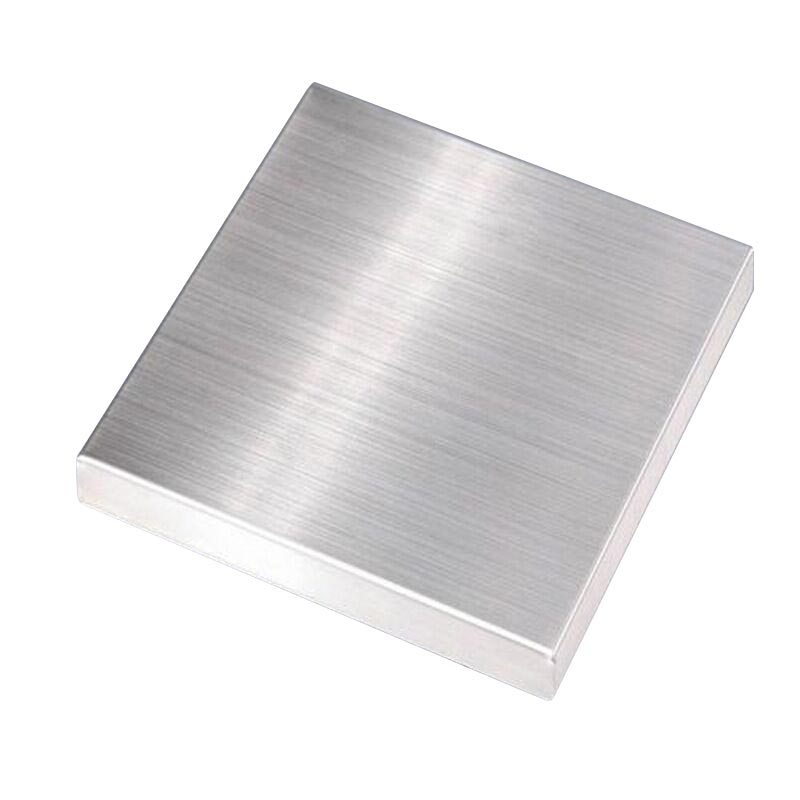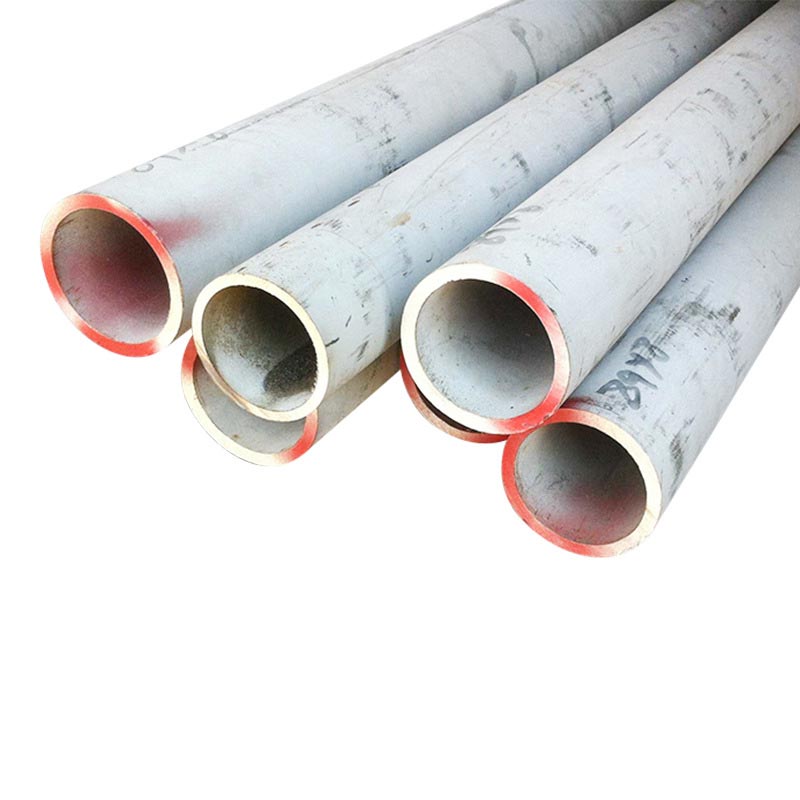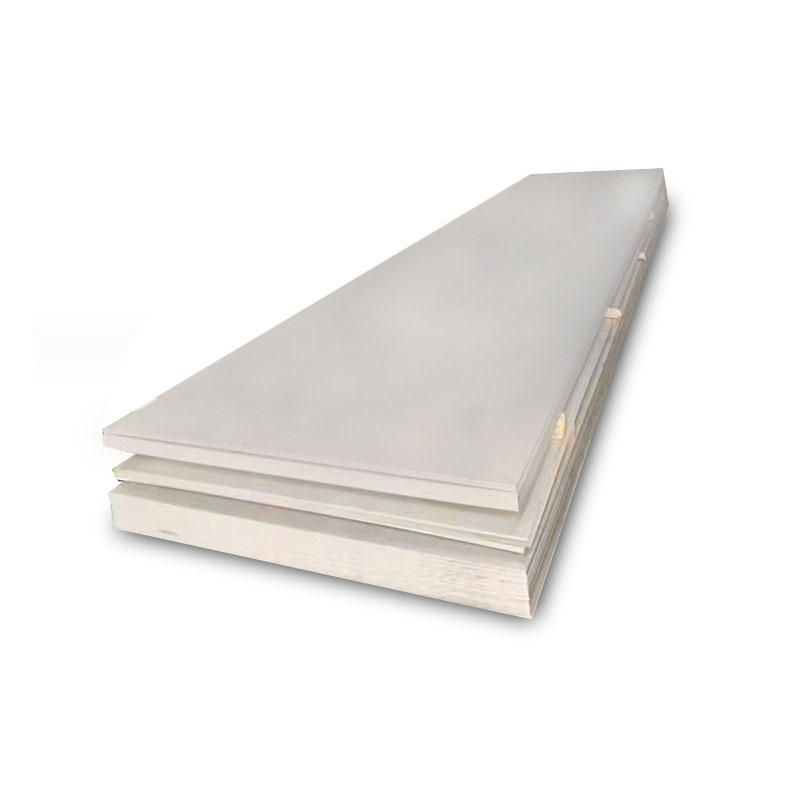Differences in Wall Thickness Tolerance Control Methods Between Stainless Steel Tube and Stainless Steel Seamless Tube
Differences in Wall Thickness Tolerance Control Methods Between Stainless Steel Tube and Stainless Steel Seamless Tube
In terms of wall thickness variation, the situations for stainless steel tube and stainless steel seamless tube are fundamentally different, consequently demanding distinct requirements for their control systems. Typically, welded steel tubes exhibit minimal continuous longitudinal wall thickness variation. Therefore, a closed-loop control system can be installed on the stretch-reducing mill in a welded tube plant. This system uses the wall thickness as the controlled variable and the difference between the measured actual wall thickness and the required wall thickness of the finished tube as the control variable for speed regulation.

Open-loop control of the stretch-reducing mill, combined with a wall thickness measurement device at the entry end, can expand the functionality of the automatic control system. To effectively realize this system's function, the control range should be narrower, focusing only on controlling interference factors that cannot be determined through measurement. This open-loop control system ensures a rapid response to wall thickness variations on the entry side, even at high rolling speeds. In terms of function and effect, the closed-loop control system is similar, but it uses the elongation rate as the controlled variable. When employing this system, control functions can be achieved without wall thickness measurement at the exit end; the elongation rate is derived from speed measurements of the rolled product. This reduces costs, albeit at the expense of losing the advantages offered by exit-end wall thickness measurement devices, such as quality monitoring and determining the cutting method.
If the goal is to eliminate wall thickness variations along the length of the stainless steel tube, applying a closed-loop control system to a seamless stainless steel tube unit is often unsuitable. This is because the reduced tubes are too short, and achieving significant wall thickness adjustment within the small tube cross-section is challenging. In this scenario, only an adaptive open-loop wall thickness control system can meet the requirements. This system continuously measures the wall thickness of the incoming hollow shell and performs speed regulation based on the control function, responding to the deviation between the measured wall thickness and the nominal wall thickness. A computer is used to process the measured data, performing tasks such as smoothing and statistical evaluation. Material tracking during the stretch-reducing process is crucial for ensuring the operation and effectiveness of this control system. By utilizing wall thickness measurement at the exit end of the stainless steel tube, coupled with monitoring the results, the control function can be adapted to eliminate the influence of secondary interference factors.
- What Problems Are Prone to Occur When Cutting 304 Stainless Steel Sheet?
- How to Deal with Decarburization of 304 Stainless Steel Sheet?
- Special attention must be paid to these issues during the welding of stainless steel tubes
- Stainless-Steel-Tube Welding Process and Considerations
- Reliability of 304 Stainless-Steel-Tube Products
- Stainless Steel Sheet Manufacturer: Common Size Specifications for Stainless Steel Sheets













